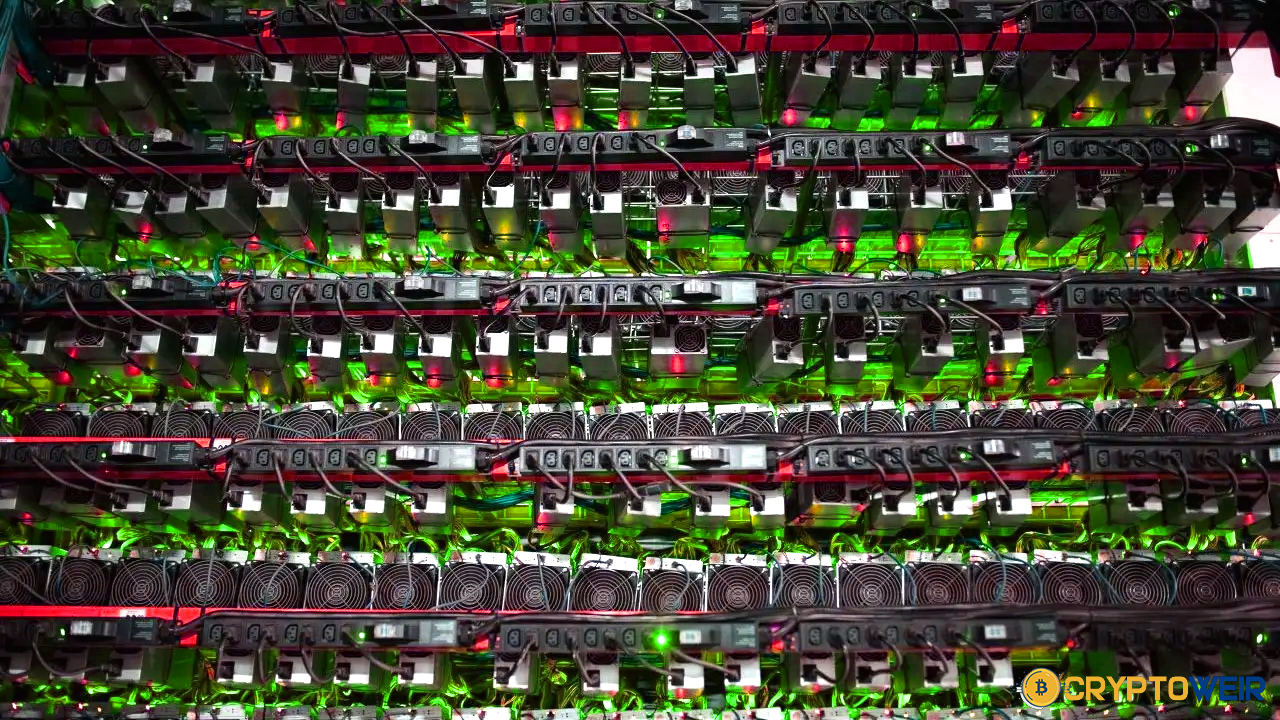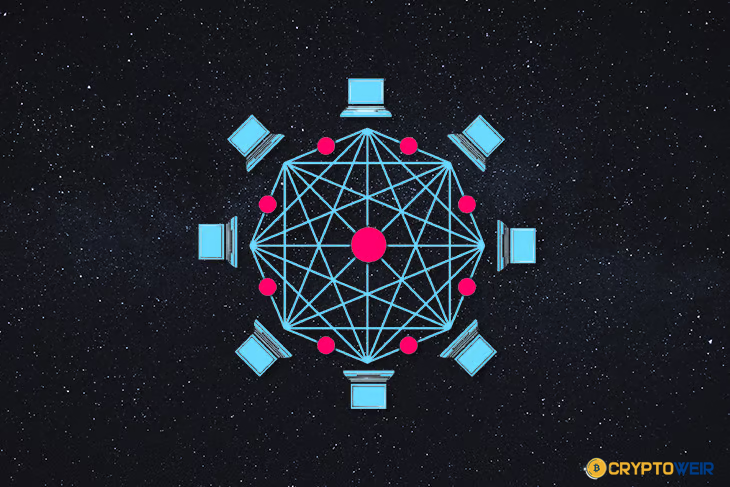How Can You Mine Bitcoin?

You might spend thousands of dollars mining only one bitcoin every year. if you’re fortunate When the first cryptocurrency, Bitcoin, was introduced in 2009, it was feasible to mine it using a personal computer. Now that more and more miners are competing for…
Given that both materials are scarce and represent the conflicting aspirations of many, comparisons between bitcoin and gold are scarcely out of place. If a user is lucky enough to obtain this result when mining a single bitcoin, they could lose thousands of dollars in a single year. The following instructions are meant to be a helpful hand for those interested in trying their luck at bitcoin mining.
Prospective miners must be aware that in addition to luck
Three Fundamental Bitcoin Mining Principles
Going back to the fundamentals of mining is beneficial because one of the more effective tools at a novice miner’s disposal is his/her understanding of the basic technical concepts, such as “blocks,” “hash rate,” etc. Your willingness to adhere to one of the three prevalent mining methods will ultimately determine the mining budget:
- Investing a lot into buying your own mining equipment and keeping all the profit to yourself
- Combining mining resources as part of a mining pool
- Using cloud mining resources based on subscription model
The problem with these approaches is that they each have a distinct combination of advantages and disadvantages, the relative importance of which will depend on the goals you are trying to accomplish with mining and the timescale you have available. So let’s explore these choices in greater detail.
Preparing for Individual Bitcoin Mining
Since the profitability of solo mining has varied over time (usually adversely), and since the cost of dedicated hardware fluctuates in price at unpredictable intervals, solo mining may be seen as a riskier alternative. The same is true for electricity, albeit your results may vary based on your area’s national prices for this kind of energy.
You can start by researching Bitcoin mining calculators, which can give you a general idea of the potential returns you might anticipate from investing in a specific category of mining hardware. There are platforms like CryptoCompare, Crypto Mining Tools, and others that are available.
These calculators take into account the following factors:
- Hardware Costs
- Hardware Efficiency
- Electricity Costs
- Bitcoin Mining Difficulty
- Network Hash Power
- Bitcoin Price Block Reward
Along with other necessary information like local electricity costs, you will be asked to provide information on the hash rate and power consumption levels of the mining hardware you are considering purchasing. The accuracy of the calculator’s assessment will increase with the amount of data you enter. Remember that other nations, like China or Venezuela, may perform better in terms of their investment-to-gain ratios for bitcoin mining, therefore this factor should be an important early consideration prior to purchasing hardware. In any event, it is important to be aware that China has been a global leader in mining due to its affordable electricity.
How to Choose the Best Mining Rig
In relation to hardware, your next task before becoming a miner should be to research the cost of bitcoin mining rigs. The old adage “never risk more than you can afford to lose” holds true here, as entering this game with a larger starting wager is typically a mistake.
Building a home mining rig needs comprehensive understanding of the proper kind of gear required for mining in an era where purchasing bitcoin on a cryptocurrency exchange appears to be a more practical choice. According to the history books, application-specific integrated circuits (ASICs), which serve as integrated circuits designed specifically for mining, have largely surpassed the performance of CPUs, GPUs, and FPGAs, which were initially utilised for mining. Cannaan, Bitmain, and other leading producers of these devices include
- Do you have enough space for a rig and is the environment potentially flammable?
- Which motherboard, GPU, processor, RAM and storage devices hit the sweet spot when it comes to price/performance ratio?
- Do I have adequate power supply hardware which can meet the electricity demands of the mining rig?
Once you know the answers to these questions, you may start looking for bitcoin mining software, which comes in a variety of varieties but only serves one function. While the actual mining is handled by hardware, your connection to the Bitcoin network and its blockchain is made possible by mining software. Fortunately, selecting the right software is probably easier than selecting the appropriate hardware and power supply. Popular choices include Bitcoin Miner, BTCMiner, CGMiner, EasyMiner, etc.
Benefits of Mining, Warts and All
Going alone with bitcoin mining in 2019 is a scary prospect because the only thing you get to keep from the process is whatever you make. The initial investments required today, however, may necessitate the purchase of hundreds of pieces of specialised mining equipment, like as ASICs, in order to keep one’s gains. In order to gather enough power to compete with both other individual miners and those that use mining pools, it is also necessary to power hundreds of mining rigs. This may increase the need for cooling and ventilation equipment, which, you guessed it, calls for more electrical supply.
Consequently, the greatest choice for going it alone is to ensure that you have access to inexpensive electricity.
Combining Your Mining Resources
Another choice for a potential bitcoin miner is to join a mining pool, which differs from solo mining by being more affordable and widely available. A group of miners form mining pools, pooling their processing and computing capacity and splitting revenues. Members of such pools typically have to pay a fee, but the overall expenses of mining a single block are far lower than they would be if you worked alone. Joining pools also significantly reduces a miner’s burden in terms of the mining capability of their rigs and the requirement to meet electricity demands.
Members of the pool concur to divide the bitcoins they have mined among themselves, making access to:
- Access to a mining rig
- Functional mining software
- Cooling fans
- Power supply units
- Bitcoin wallet
- Internet connection
In addition to the mining calculators, pools typically provide users with access to a specialised portal where they can enter their wallet addresses to see how much they’ve been able to mine.
Considerations Before Joining a Pool
All of this necessitates choosing the ideal pool for one’s mining requirements. However, this may require considerable thought given that mining pools vary according to the following factors:
- Pool size. Pure logic is applied here, as larger pools will have more miners and offer better chances at receiving a reward in BTC. Yet, the gains need to be split among a larger pool of miners, making them potentially smaller but more regular.
- Fees charged. Pools charges fees for providing infrastructure and organizing mining. This usually refers to them taking a cut (a percentage) from the profits you make and this is done automatically. The usual cuts can range from anywhere between 1% and 3%. While going for a pool with lower fees can seem like a no-brainer, one should be careful about those promising zero commission fees to the miners and double check them in advance.
- Minimum payments supported. This refers to the minimum amount of bitcoin that is available for withdrawal by a miner. Beginners are usually advised to pick a pool with a lower minimum payment threshold if they want their endeavor to bear fruit from the outset.
Regardless of the criteria you use, some of the more well-liked mining pool choices include AntPool, Slush Pool, BTC.com, F2Pool, and others. Prior to entering newer or less established pools, you must conduct research on them to prevent frauds; in such case, it’d be wise to use common sense.
Cloud Mining Bitcoin: How to Do It
Utilizing cloud-based mining systems is the miners’ third available choice. To do this, you must purchase computing power from a distant data centre that will mine Bitcoin on your behalf. Since you don’t need to buy expensive mining equipment, this approach has several benefits. In its place, the data centre charges you a fee, which lowers your profit but provides a guaranteed rate of return on the investment. In any case, you would be wise to investigate user reviews before selecting a cloud mining solution to prevent falling victim to fraud.
For single or pool-based mining, many users may actually prefer the cloud mining option to the effort of creating their own rigs.






2 Comments